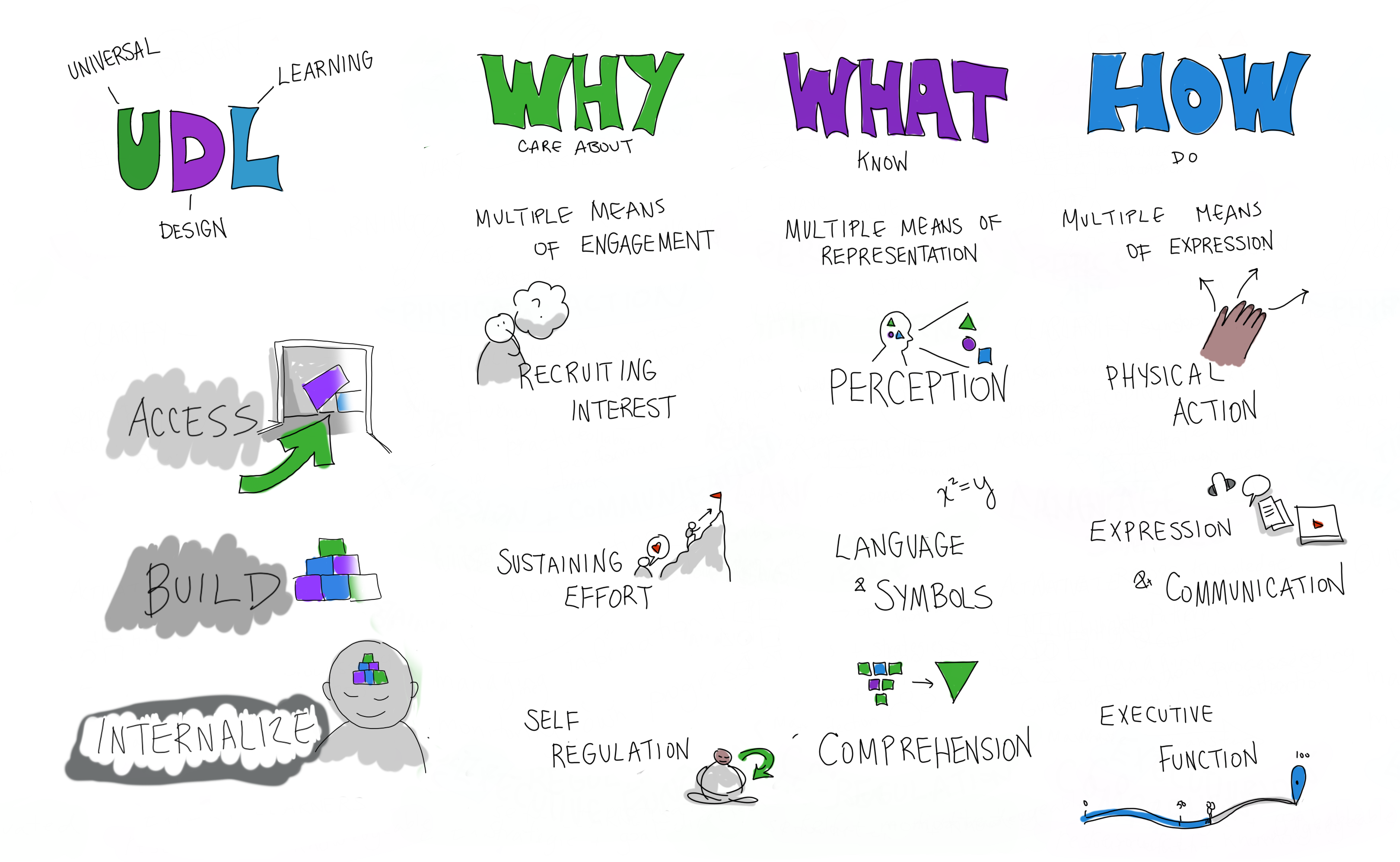AI – The New Technology of The World
Over the past several years, there has been a sharp increase in the usage of AI technology in education. Students may customize their educational experience and receive automatic help with administrative duties thanks to AI technology. AI adapts its input according to how well students perform, enabling learning and studying to be organized according to each student’s skills and development.
One AI teaching platform that I and many other students frequently use is Quizlet. It generates assessments based on topics that students have not yet grasped and provides instant feedback based on what they have learnt. Grammarly is another AI program I frequently use. Grammarly checks for spelling, punctuation, and structure errors that I could have overlooked, which helps me improve my writing.
Students can benefit from these technologies’ accessibility and efficiency. By doing everything for the learner, they do, however, diminish the value of interpersonal communication and education.
AI Technology: Helpful or Harmful
AI is transforming education in our modern technology era, and offers several advantages for both learners and educators. Its incorporation into education does, however, come with certain difficulties that must be carefully considered in order to guarantee fair and efficient execution.
| Benefits | Challenges |
Personalized learning
Easy administrative tasks
Accessibility
|
Digital and cost limits
Ethical concerns
Over reliance
Effectiveness
|
Ethical Considerations
Concerns about bias, transparency, and data privacy are the focal point of ethical considerations of AI in education. Privacy issues are usually raised, because AI may collect and analyze student data. This is especially a concern when private information is utilized without protection. Another crucial issue is transparency, as many AI systems function as “black boxes,” making it challenging for teachers and pupils to comprehend the decision-making process. Another issue is bias in AI algorithms, as data-driven technologies may reinforce prejudices or penalize some groups, escalating educational barriers.
In order to battle this and prioritize privacy, educators can adopt safe systems, get informed consent, and be open about how AI tools are used. Regular assessments of AI technologies’ inclusiveness and fairness are necessary, with an emphasis on reducing biases. When using AI , ethical use should always be encouraged in the classroom.
Attached HERE is a TED Talk where professor Toby Walsh analyzes the ethical considerations of AI use.
The Future of AI
I think that within the next 5-10 years, AI and other technologies will become even more popular in the field of education. I believe that virtual reality and augmented reality will expand on artificial intelligence and positively influence education. They plan to develop engaging learning settings that enable students to investigate historical occurrences, intricate scientific ideas, or even carry out virtual lab trials no matter where they are. This has the potential to make hands-on learning opportunities more accessible, regardless of location or financial status.

https://www.computeam.co.uk/videos-and-blog/article/what-is-the-future-of-virtual-reality-in-education


